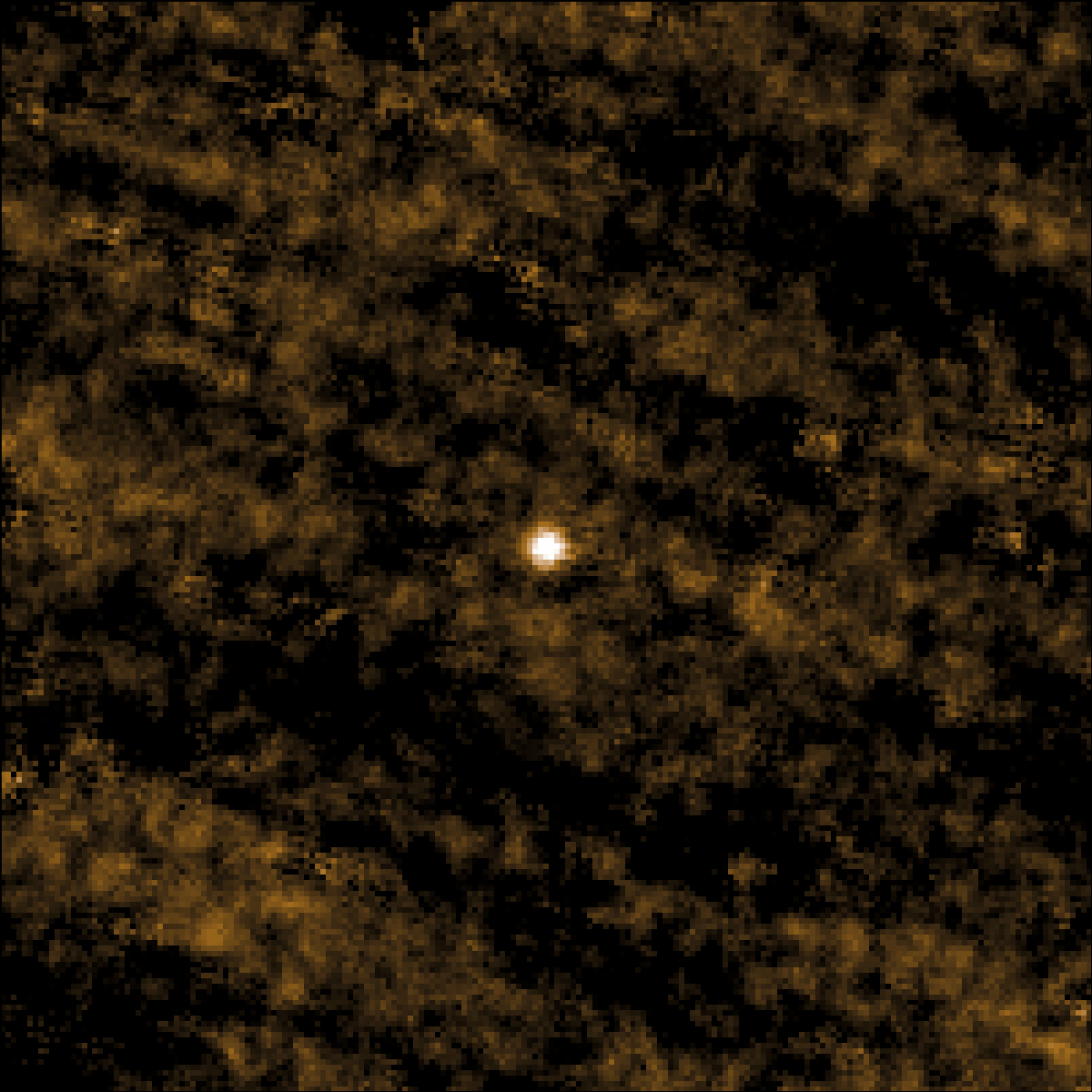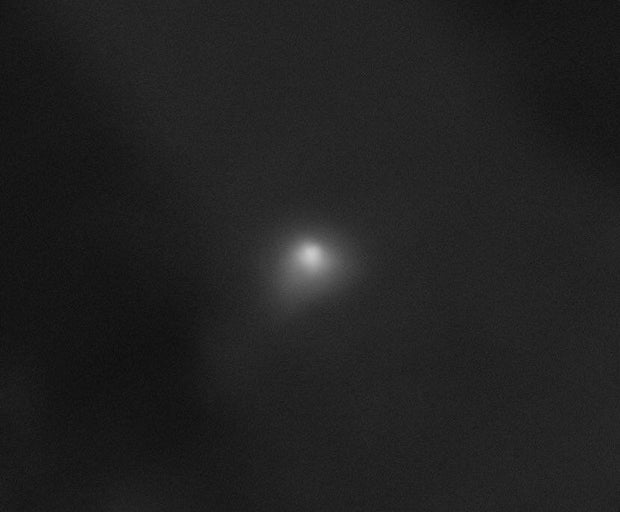NASA released close-up images on Wednesday of the rare interstellar comet that’s making a single pass through the solar system.
One of the images shows the comet, also known as 3I/ATLAS, as it moves through space about 190 million miles from Earth. It was taken from Manciano, Italy.
Gianluca Masi / AP
The comet was first discovered in July and has been photographed several times. In early August, images released showed the comet from about 277 million miles away. A month ago, images taken by two Mars orbiters showed a bright, fuzzy white dot of the comet about 18,641,135 miles away from Mars.
NASA/Goddard/SwRI/JHU-APL
3I/ATLAS is only the third ever interstellar comet confirmed to enter our solar system.
The comet is visible from Earth in the predawn sky by using binoculars or a telescope.
“Everyone that is in control of a telescope wants to look at it because it’s a fascinating and rare opportunity,” NASA’s acting astrophysics director, Shawn Domagal-Goldman, told The Associated Press.
NASA/Southwest Research Institute
The comet will make its closest approach to Earth on Friday, Dec. 19, coming within about 170 million miles, which is nearly twice the Earth-Sun distance. NASA spacecraft will keep tracking it as it moves through the solar system, crossing Jupiter’s orbit in spring 2026.
ESA’s Juice spacecraft, bound for Jupiter, has been training its cameras and scientific instruments on the comet all month, particularly after it made its closest pass to the sun. But scientists won’t get any of these observations back until February because Juice’s main antenna is serving as a heat shield while it’s near the sun, limiting the flow of data.
Named for the telescope in Chile that first spotted it, the comet is believed to be anywhere from 1,444 feet across to 3.5 miles across. Observations indicate that the exceptionally fast-moving comet may have originated in a star system older than our own — “which gives me goose bumps to think about,” said NASA scientist Tom Statler.
NASA/JPL-Caltech/University of Arizona
“That means that 3I/ATLAS is not just a window into another solar system, it’s a window into the deep past and so deep in the past that it predates even the formation of our Earth and our sun,” Statler told reporters.
NASA officials dismissed rumors that the “friendly solar system visitor” might actually be an alien spacecraft.



